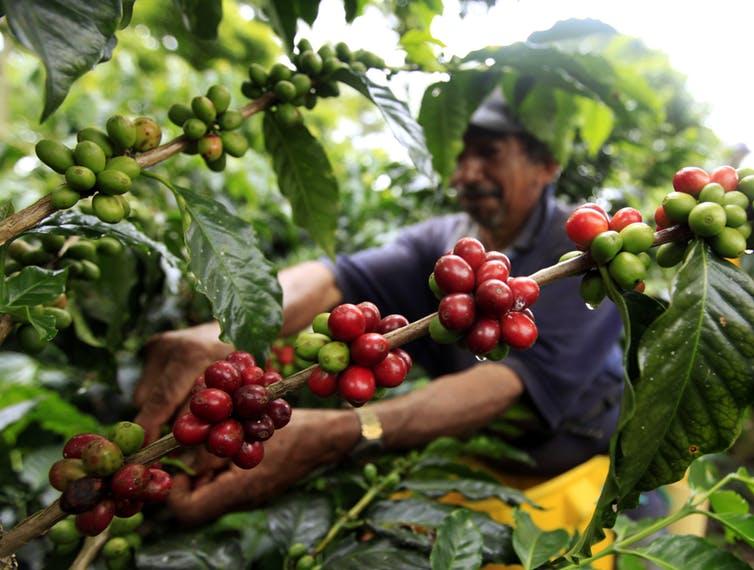Shopping Bag
0
- No products in the cart.

Colombia’s current peace process is facing numerous challenges. In a country that has suffered the worst impacts of the international drug war, one main dilemma is this: what to do with rural regions which have specialised in producing coca leaf, the main ingredient in one of the world’s most lucrative products?
For 35 years, the international cocaine trade has made drug cartels rich and helped fund and expand the activities of the FARC guerrillas throughout Colombia’s most remote areas. Even as the three-year peace negotiations were underway, coca cultivation in Colombia increased by 39%, from 69,000 hectares in 2014 to 96,000 in 2016.
Colombian coca growers have not benefited from the cocaine trade in the same way, of course. They remain, for the most part, poor farmers. But coca leaf, or hoja de coca, has provided a livelihood for thousands of families for generations. How can Colombia’s government move them out of this market while demobilising the guerrillas that once controlled coca-producing areas?
One of the least controversial proposals in the FARC peace accords is the idea of crop substitution and alternative development in these regions. With support from the government and the UN, some 100,000 families in the Nariño, Cauca, Putumayo, Caquetá, Meta, Guaviare, Catatumbo, Antioquía and Bolívar provinces would begin to grow cacao, coffee or honey instead of coca.
This sounds good in theory. But in practice it’s an extremely complicated proposal because of the uncomfortable truth about international agricultural markets: only in illicit ones are poor local producers able to sell their product for a price that actually covers the cost of inputs: land, labour and capital.
In a globalised world, illegal crops such as coca, cannabis and poppies are poor farmers’ rational response to the ruinously low prices of imported subsidised farm products.
Free Shipping On All Orders $200+ |
